Link to game for impatient readers: https://blog.qiqitori.com/tnt_bomb_bomb/
シンキングラビットのTNTボムボムのJavaScript版です。どうぞお遊びください。
以下は英語しかありません。(´・ω・`)
Update 2025-03-06: Someone posted a Zip file that contains T.N.T. Bomb Bomb for the Sharp X1, among other things! https://forums.bannister.org/ubbthreads.php?ubb=showflat&Number=123072#Post123072
I like Sokoban. A while ago, I saw someone play a Sokoban-like game called T.N.T. Bomb Bomb on a Sharp MZ-1500. I wanted it and almost immediately headed to the internets to find a disk image or ROM or whatever of it. And while I could find references and YouTube videos, I couldn’t find anything playable. (Note 1: me not being able to find the ROM doesn’t mean that it really doesn’t exist, of course. In fact, maybe this isn’t the first clone of these levels either. Note 2: it is likely that this copy of the game will be properly dumped in the near future.)
Fortunately, the game is partially implemented in BASIC. Which means you could just press Shift+Break and type LIST whenever you wanted! Then you could very easily modify variables and type RUN and play with extra lives or whatever. In my case, I just wanted a picture of every level, so I added a line (line 5) to specify the level to show, hit RUN, and took a picture. Here’s an example:
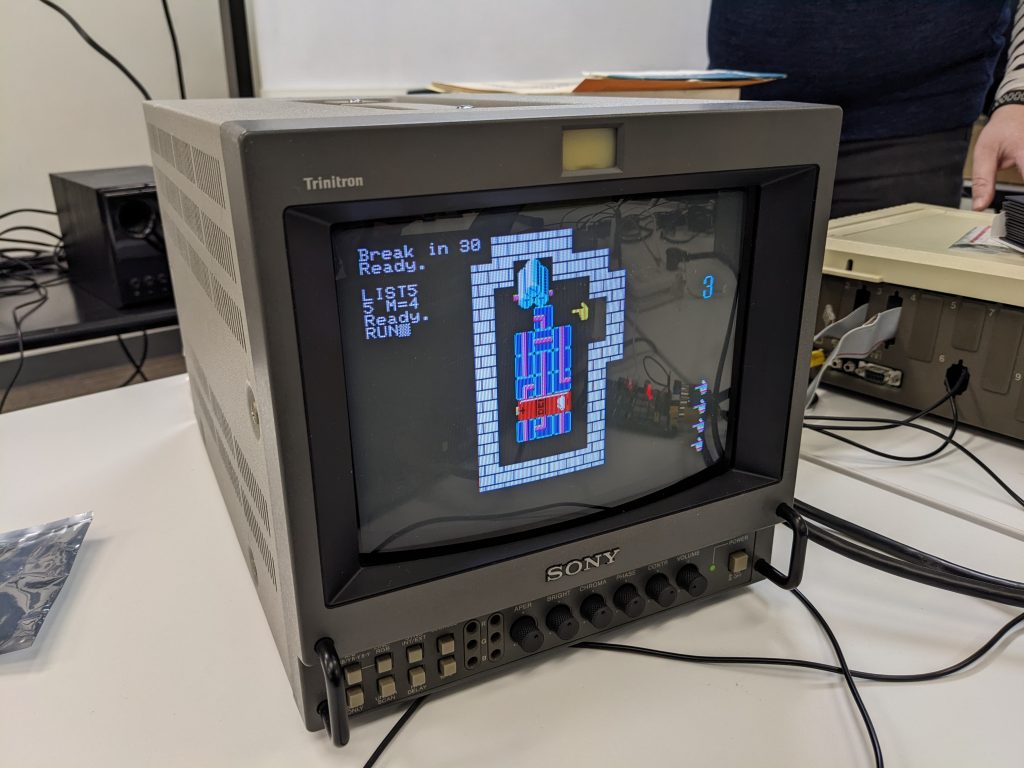
(As you can see, the graphics remain on screen after breaking, and sometimes the listing is difficult to see because of this. The graphics can be cleared by executing INIT “CRT:I” in BASIC, but that will cause rendering of the next level to fail.)
It looked like I got correct views of levels 1-10, and I have added these into my JavaScript clone of the game. Levels 11-20, on the other hand, instead of displaying the level number, displayed a game tile (a wire or part of the battery) inside the upper-right corner of the screen. I have therefore not added these levels to my implementation.
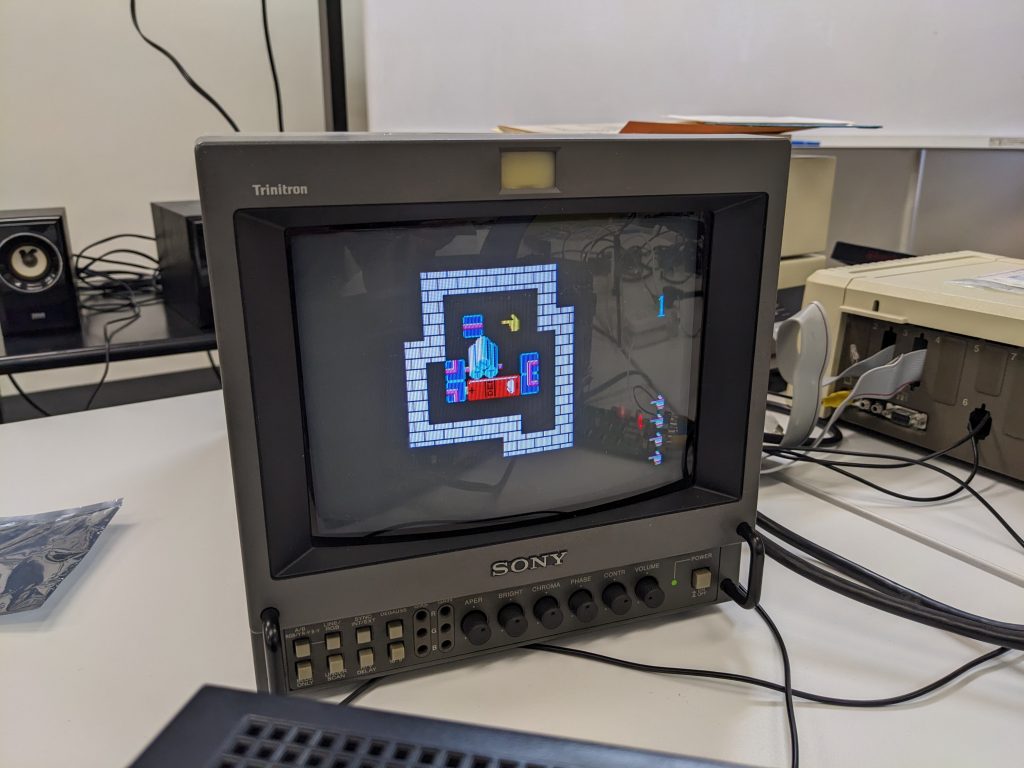
My very analog way of copying levels into my clone: 1) look at picture like the one above, 2) type out an array like this:
[
[ 0, 1, 1, 1, 1, 1, 1, 1, 0, 0 ],
[ 0, 1, 0, 0, 0, 0, 0, 1, 0, 0 ],
[ 0, 1, 0, 0, 0, 0, 0, 1, 1, 0 ],
[ 1, 1, 0, 10, 11, 0, 0, 0, 1, 0 ],
[ 1, 0, 32, 12, 13, 20, 31, 0, 1, 0 ],
[ 1, 0, 33, 40, 41, 42, 30, 53, 1, 0 ],
[ 1, 0, 0, 0, 0, 0, 0, 0, 1, 0 ],
[ 1, 1, 1, 1, 1, 1, 0, 0, 1, 0 ],
[ 0, 0, 0, 0, 0, 1, 1, 1, 1, 0 ],
[ 0, 0, 0, 0, 0, 0, 0, 0, 0, 0 ]
](In reality I added the commas after the fact, using a single find and replace operation. I think it took an hour or two for 10 levels.)
The original game has a concept of “lives”, but I don’t think this is a valuable concept in a Sokoban-like game. So I didn’t port that over. In fact, I added functionality to make it easy to go right back to a point you were at before noticing the smell of brain fart. The game is fiendishly difficult in my opinion, I don’t think it’s necessary to make it any more difficult. In fact, if they hadn’t made it so damn difficult, maybe it would be up there with Sokoban and other famous puzzle games from the 1980s.
By the way, I’ve only solved level 1. It was super hard. Update 2023/03/01: And level 2 and 3! It probably took longer to solve level 1 than implementing the basic game logic. No guarantees that levels 2 3 4 and beyond are solvable. If you solve anything beyond level 2 3 4, please send me your sequence strings. I’ll verify them and add a note here or maybe in the game that the level has been shown to be solvable. :)
Making games like this is pretty straightforward, but:
There is one part in my implementation of this game that I think is slightly interesting. Since I do not know the solutions to the puzzles (and there may even be puzzles with multiple solutions), I wrote a small recursive function (trace_wire_path) that traces the electric path and returns true if it leads to the bomb (it starts tracing at a battery terminal). It’s not optimized at all, and I didn’t bother cleaning up the code after getting it to work for the first time (my gut feeling says that it should be easy to replace a lot of the if-thens with lookup tables), but this kind of stuff doesn’t occur too often in regular day-to-day programming, so I thought it was kind of fun. (Though it all depends on what you do for a living, I guess?) Let me know if there’s some corner case where it didn’t work for you. ;)
// for simplicity we always trace from the battery
function trace_wire_path(x, y, dir_x, dir_y) {
// if tile at x, y is inside ELEMENTS_COMPATIBLE_WITH_POS_DIRX array
var tile_to_check = levels[current_level][y][x];
// is this tile compatible with the previous tile?
if ((dir_x == 1) &&
(ELEMENTS_COMPATIBLE_WITH_POS_DIRX.indexOf(tile_to_check) == -1))
return false;
else if ((dir_x == -1) &&
(ELEMENTS_COMPATIBLE_WITH_NEG_DIRX.indexOf(tile_to_check) == -1))
return false;
else if ((dir_y == 1) &&
(ELEMENTS_COMPATIBLE_WITH_POS_DIRY.indexOf(tile_to_check) == -1))
return false;
else if ((dir_y == -1) &&
(ELEMENTS_COMPATIBLE_WITH_NEG_DIRY.indexOf(tile_to_check) == -1))
return false;
// are we done? (we already know we must be on the right side)
if ((tile_to_check == TNT_BOTTOM_LEFT) ||
(tile_to_check == TNT_BOTTOM_RIGHT))
return true;
// what's our new direction?
if ((tile_to_check == HORIZONTAL_WIRE) ||
(tile_to_check == VERT_WIRE)) {
new_dir_x = dir_x;
new_dir_y = dir_y;
} else if ((tile_to_check == CORNER_WIRE_NW) ||
(tile_to_check == CORNER_WIRE_SW) ||
(tile_to_check == CORNER_WIRE_NE) ||
(tile_to_check == CORNER_WIRE_SE)) {
if (dir_x) { // dir_x is 1 or -1
new_dir_x = 0;
if ((tile_to_check == CORNER_WIRE_NW) ||
(tile_to_check == CORNER_WIRE_NE))
new_dir_y = -1; // up
else if ((tile_to_check == CORNER_WIRE_SW) ||
(tile_to_check == CORNER_WIRE_SE))
new_dir_y = 1; // down
} else { // dir_x is 0
new_dir_y = 0;
if ((tile_to_check == CORNER_WIRE_NW) ||
(tile_to_check == CORNER_WIRE_SW))
new_dir_x = -1;
else if ((tile_to_check == CORNER_WIRE_NE) ||
(tile_to_check == CORNER_WIRE_SE))
new_dir_x = 1;
}
}
// recurse
return trace_wire_path(x+new_dir_x, y+new_dir_y, new_dir_x, new_dir_y);
}Performance
It shouldn’t be a big deal to leave this game open in a tab somewhere. Virtually no CPU and not a lot of memory should be in use when nothing is happening. about:performance snapshot with the game just sitting there, waiting for user input:
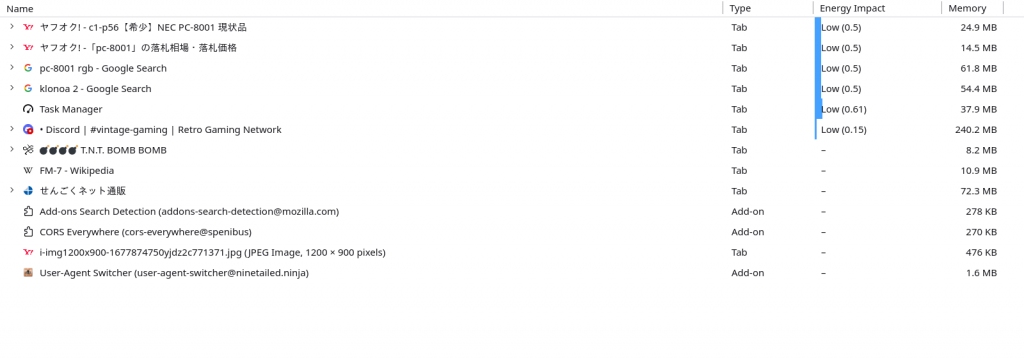
In case anyone wants pictures of levels 11-20, which I haven’t included in my clone because they looked a bit suspicious:
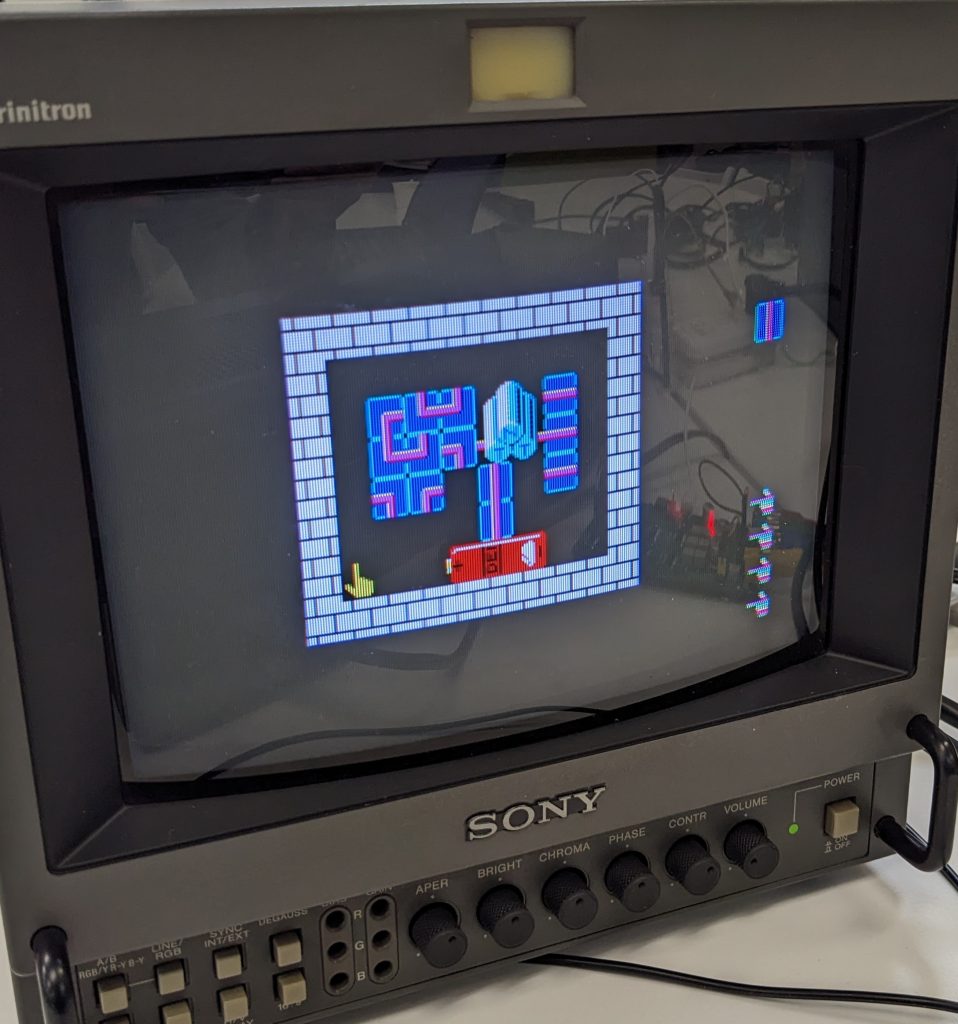
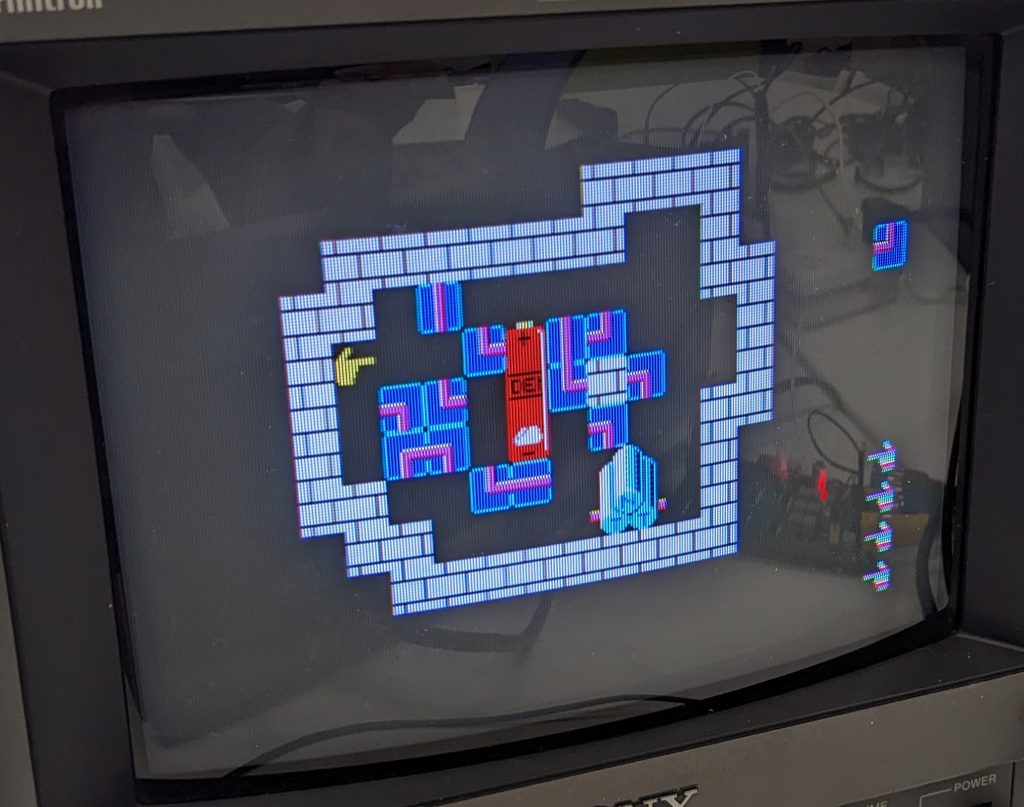
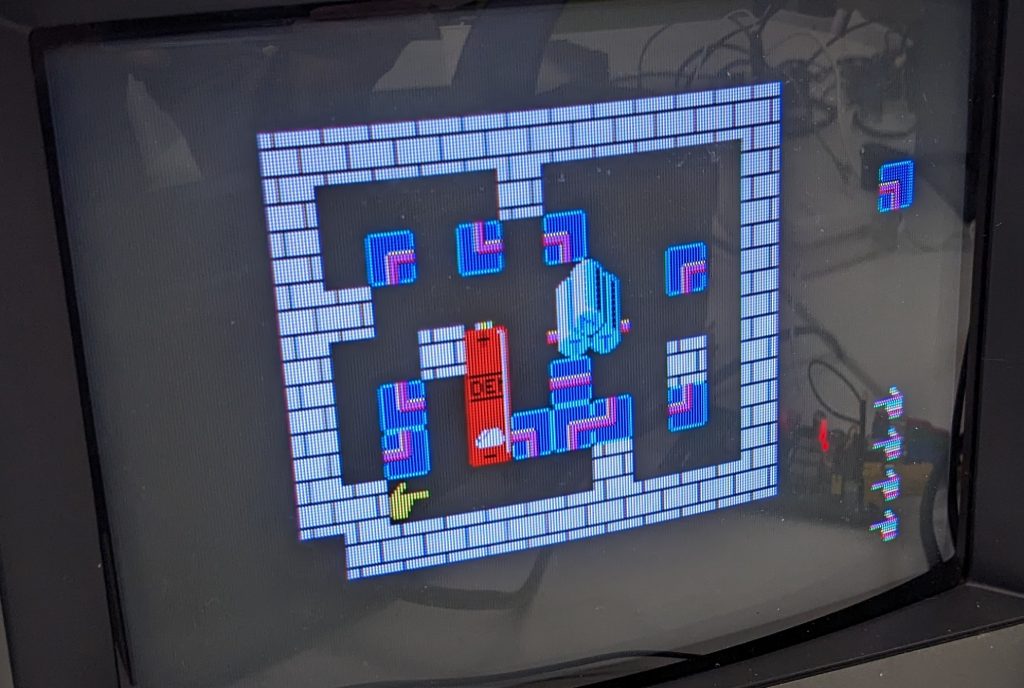
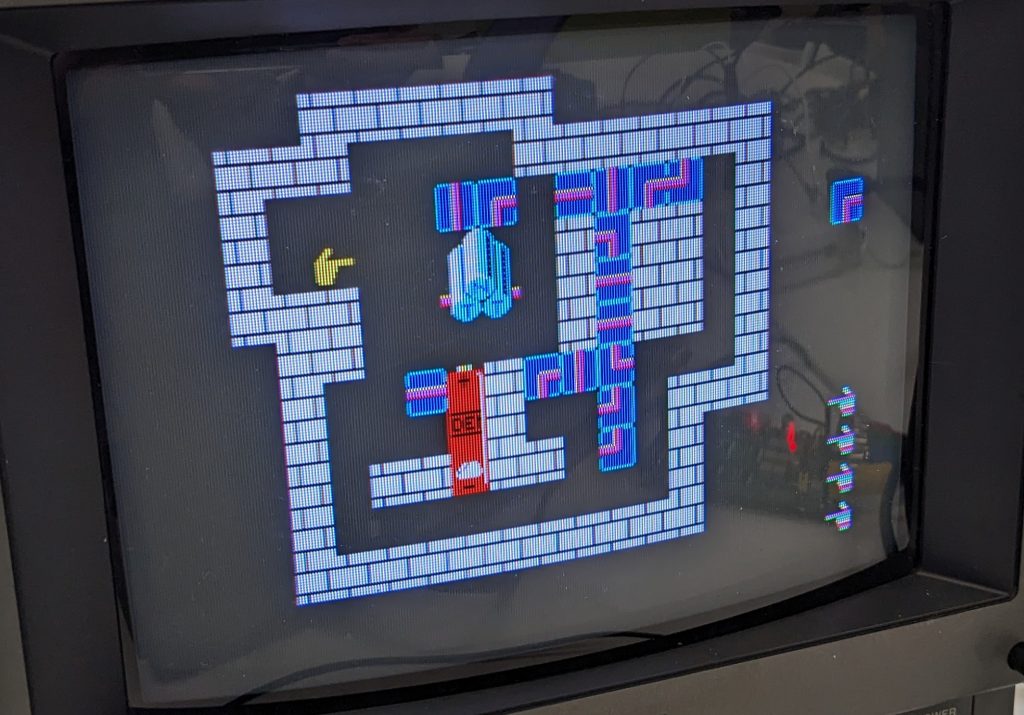
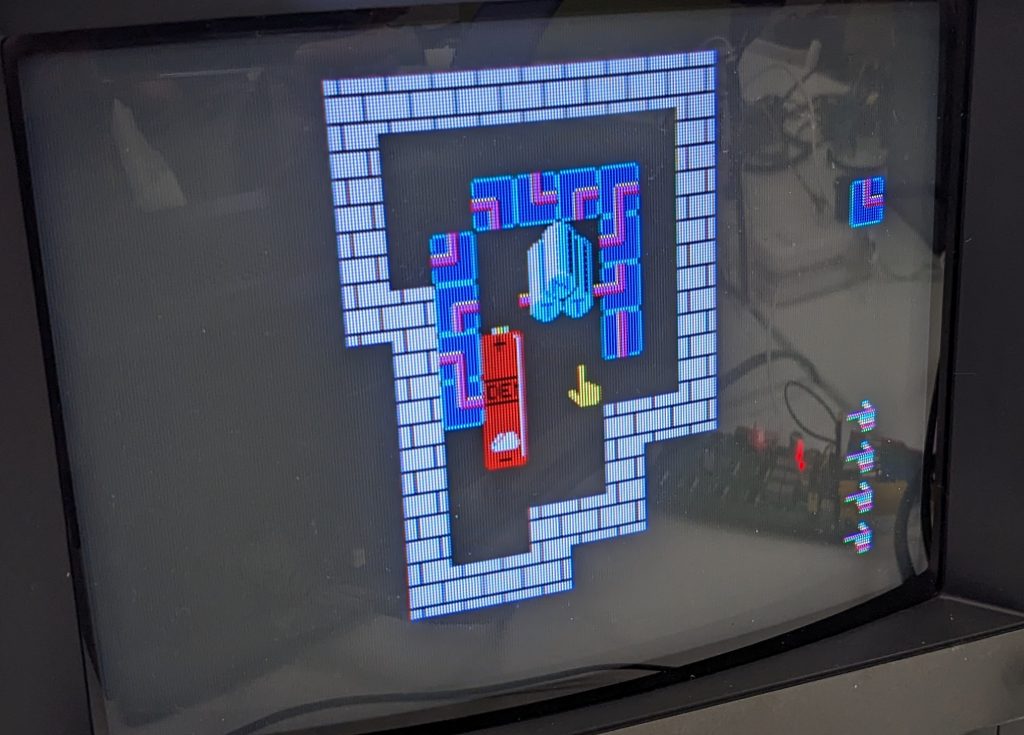
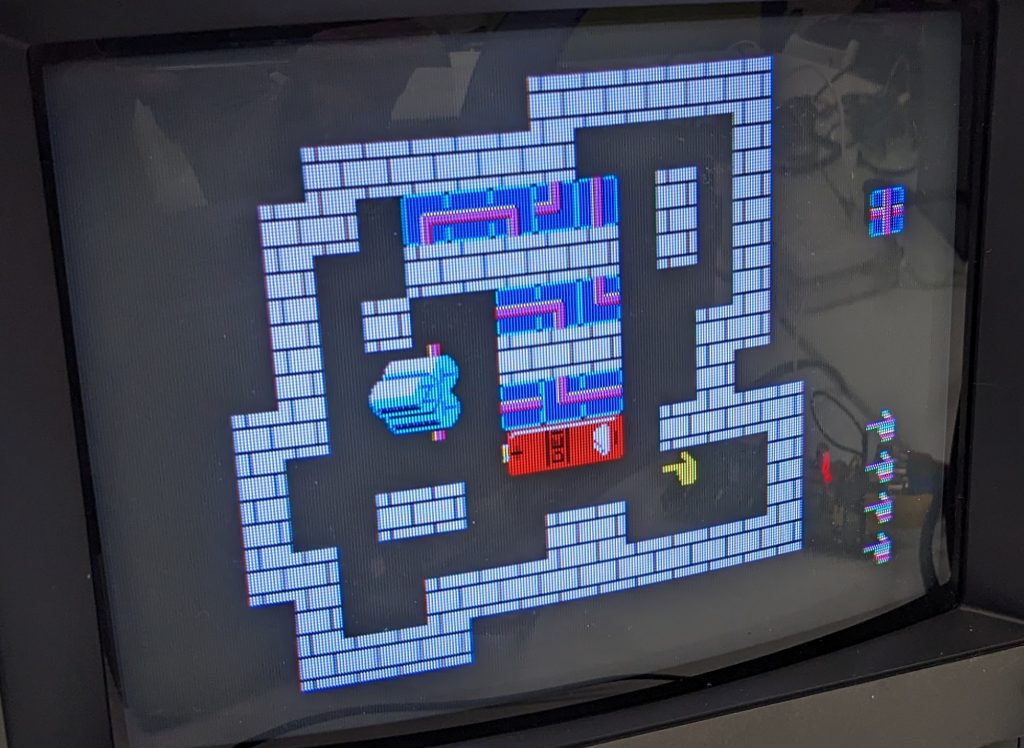
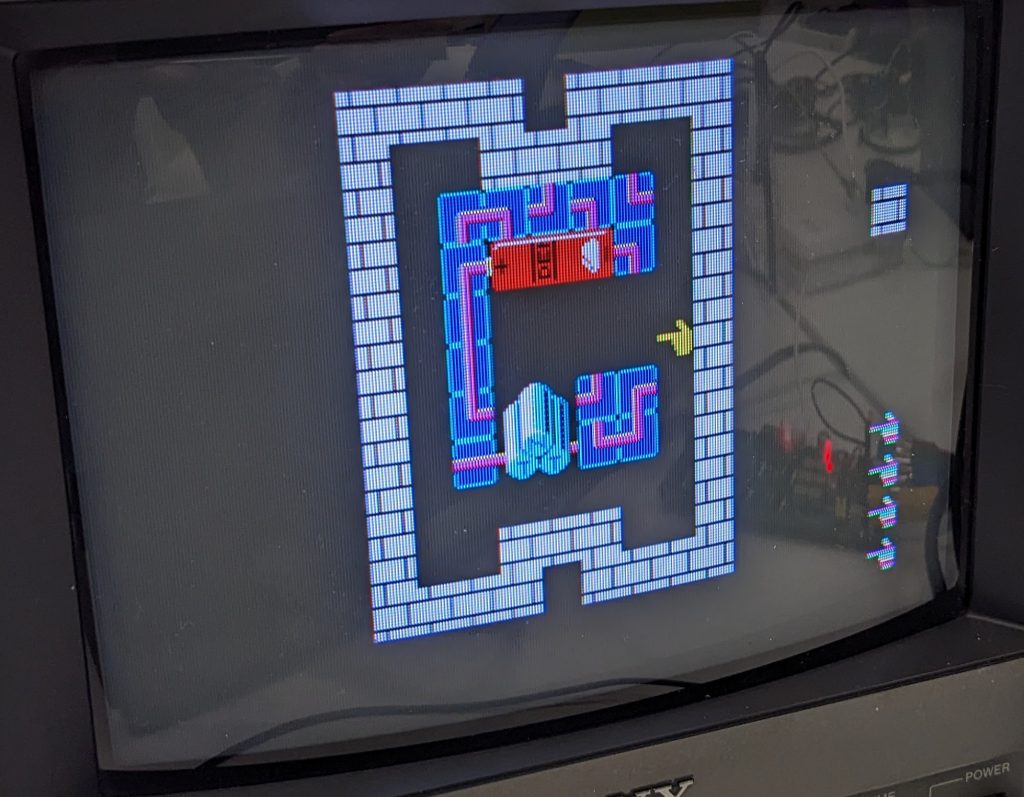
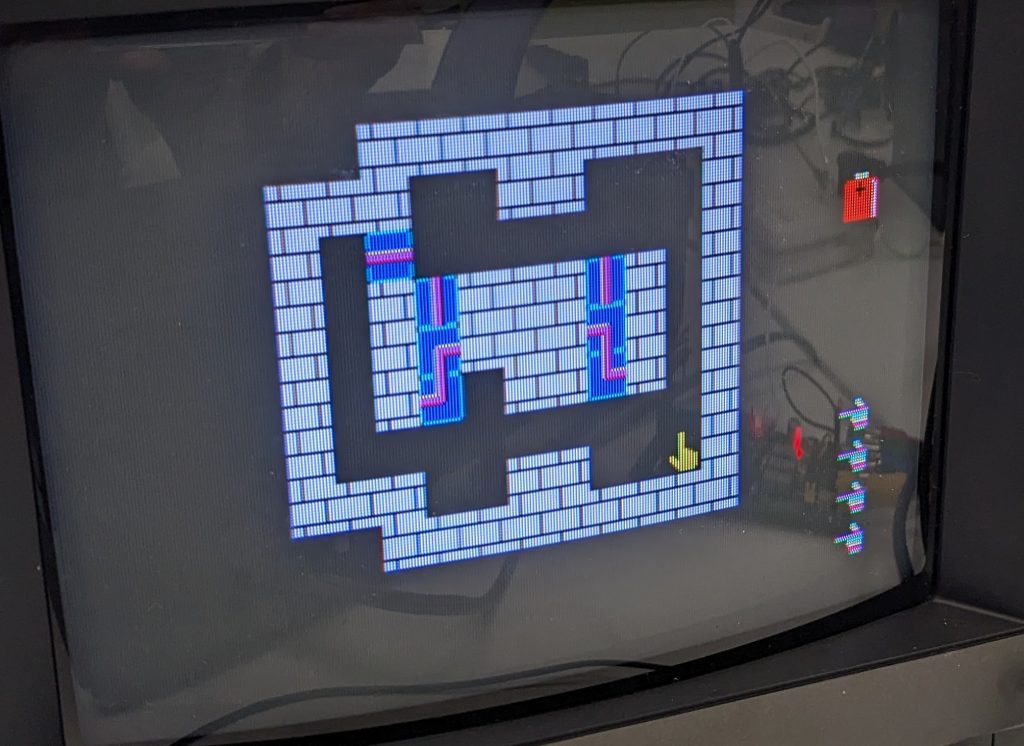
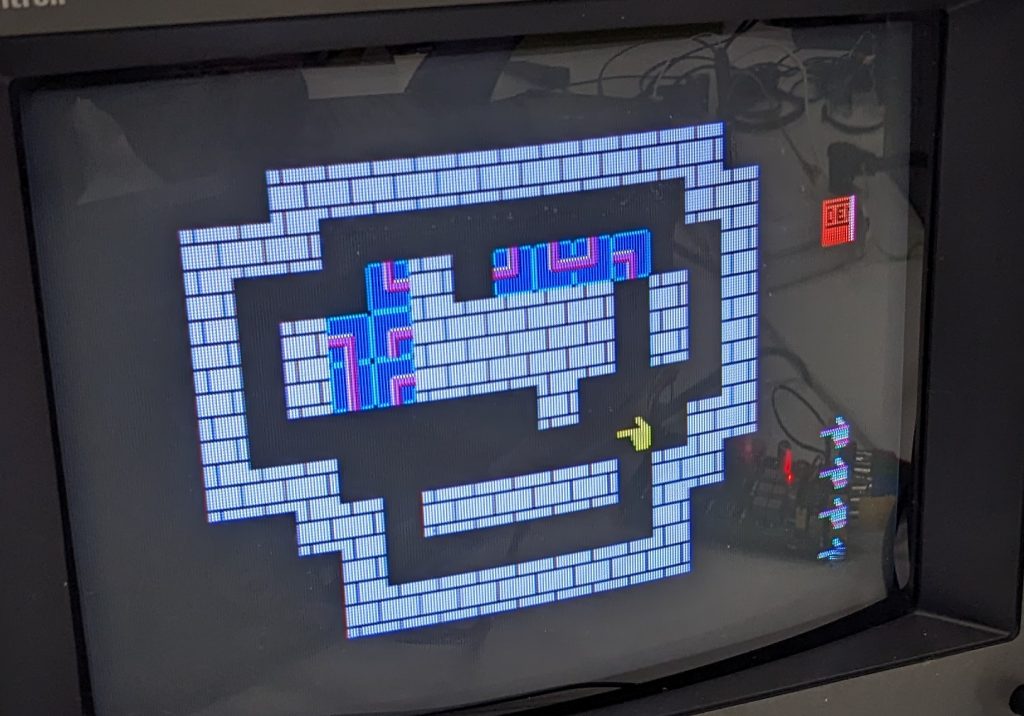
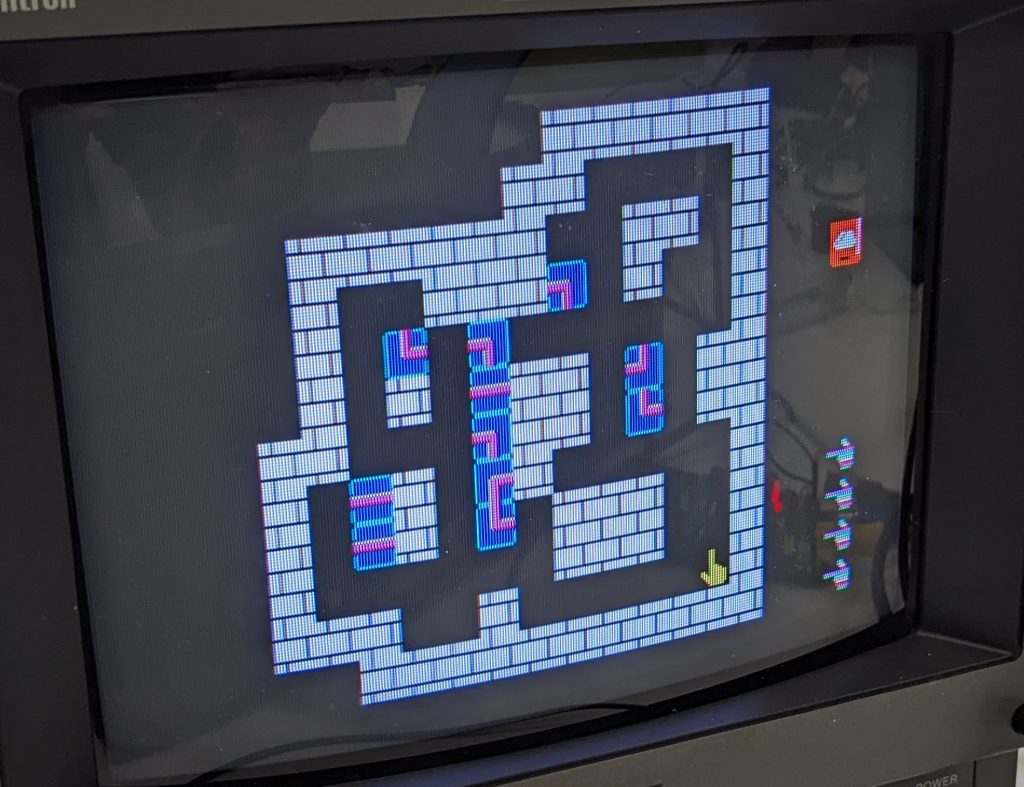
Yeah, I don’t quite get why the battery isn’t inside the playfield, and there’s no TNT either… If anyone wants to convert these levels into my format, patches are welcome. :)
Copyrights
Copyright status of my clone: I recreated the original graphics in Inkscape. I do not claim any copyright on the graphics. As they are recreated somewhat faithfully, the graphics probably are technically pirated and not copyrightable. The code may or may not be copyrightable. If it is, let’s say it’s GPLv3 for now. However, I disclaim all copyright after release + 15 years.
I beat levels 1-9 and upon completing lvl 9 it does not progress to level 10
I beat levels 1-9 and upon completing lvl 9 it does not progress to level 10
Dammit, well done!
A bit hard for me to test properly, I only did up to level 3 or so I think.
Are you familiar with the browser console?
You can change game variables in there.
So open the console (F12), if you don’t see a cursor waiting for you to type something, choose the “Console” tab.
Then enter current_level=8 and press enter.
Then enter level_clear_animation() and press enter.
You should see the animation you always get when clearing a level (it may look a little odd), and then you should see Level 10!
(Note: internally, level 1 is called level 0, so level 9 is called level 8.)
Also note that the game only goes up to level 10.
Can you give me the steps to clear level 9? Maybe there’s a problem with the code checking whether the bomb circuit is complete.